The Garden Tomb
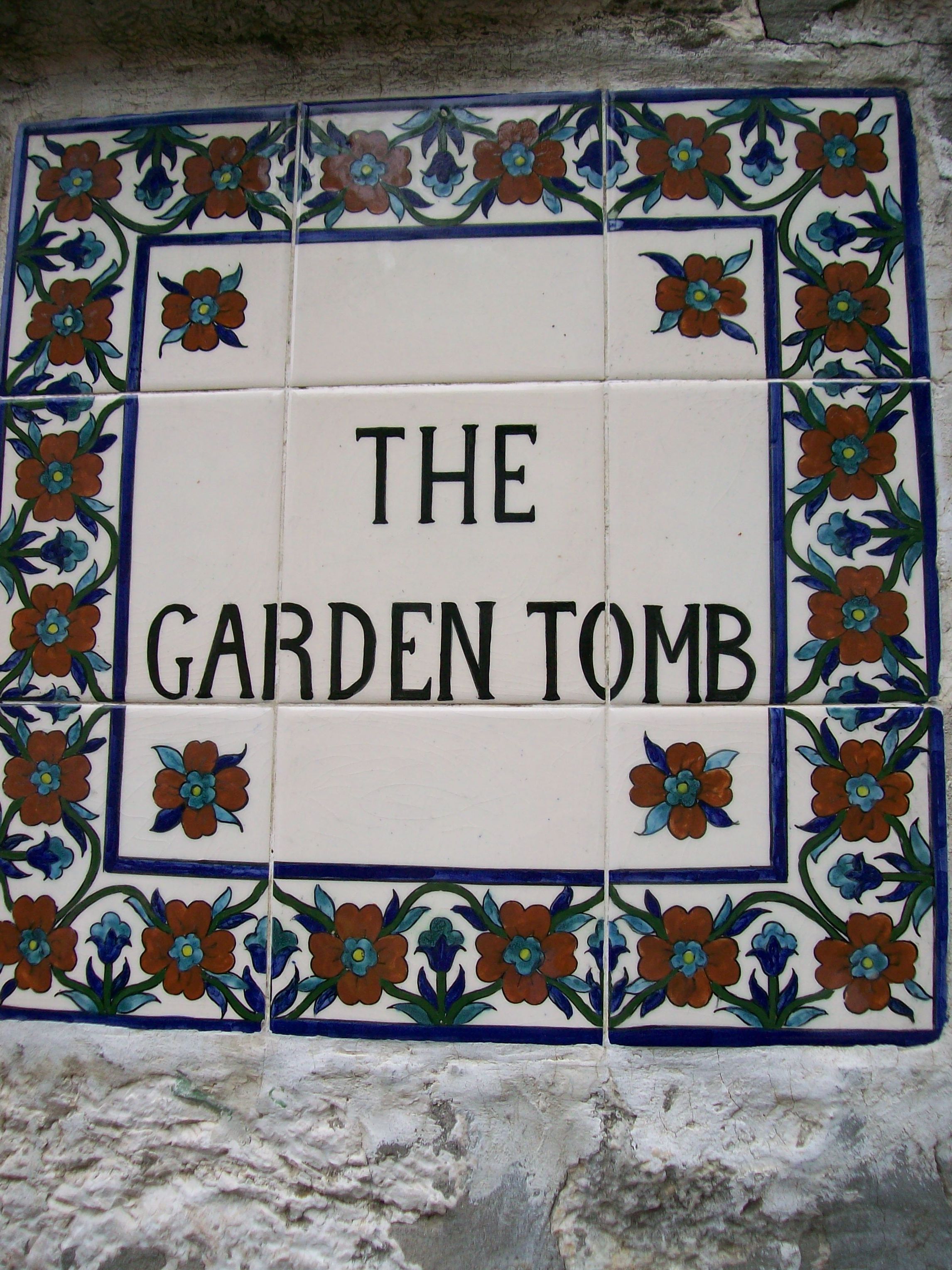
Last November, I went to Israel on a tour and we visited the GardenTomb in Jerusalem. This is one place, that is believed to be the site of the crucifixion, burial and resurrection of Yeshua (Jesus) in the 1st century. It was a lovely area with flowers and shrubbery, but was it the actual historic location of Yeshua’s death and resurrection?
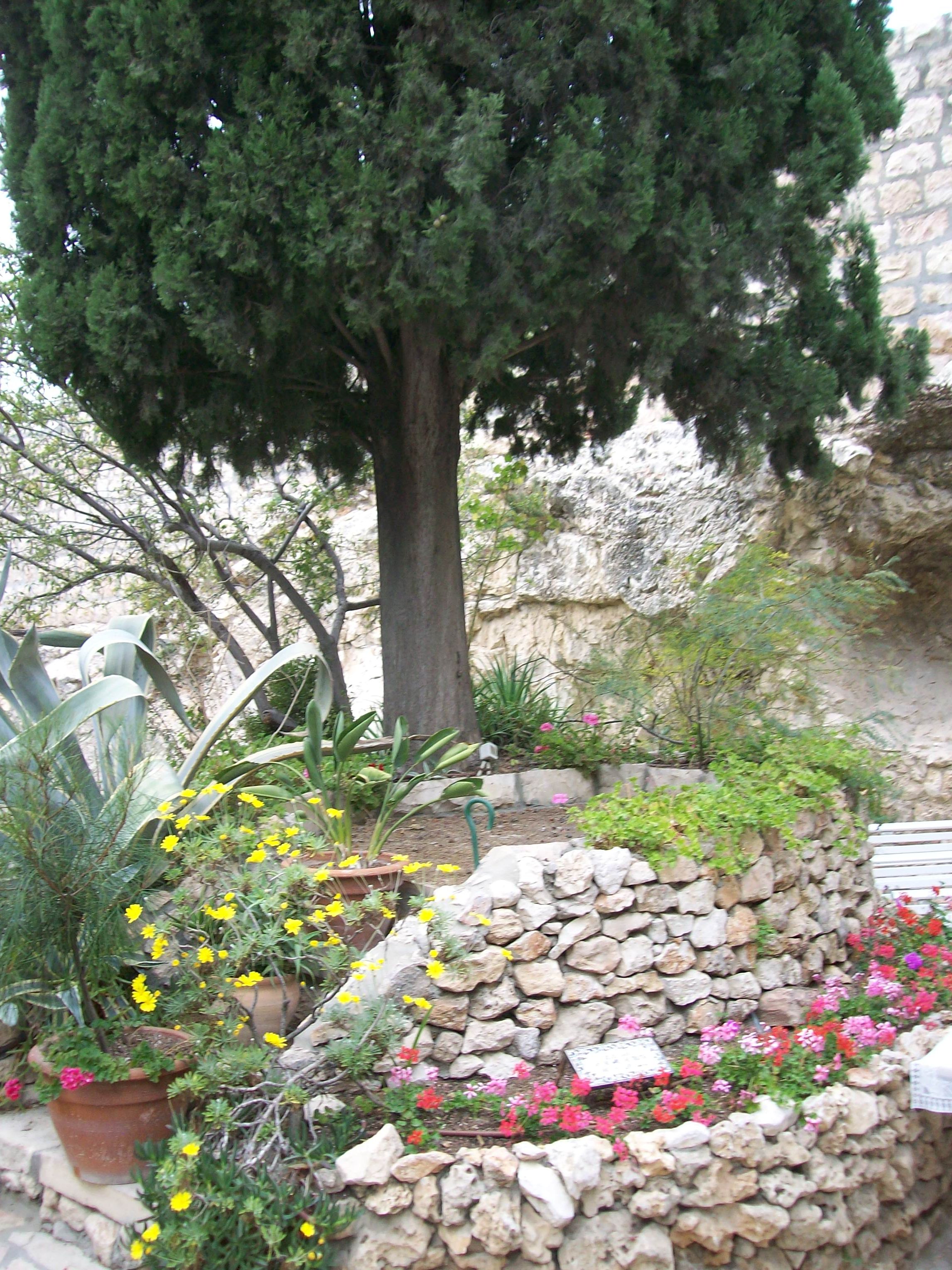
Surprisingly, there was a sign in English, “The Skull”, pointing down a narrow path. At the end of the short path was a view of a nearby cliff, which did have an uncanny resemblance to a skull, reminding of the Biblical account in Luke 23:32, “Two other criminals were led out to be executed with him at a place called The Skull.”
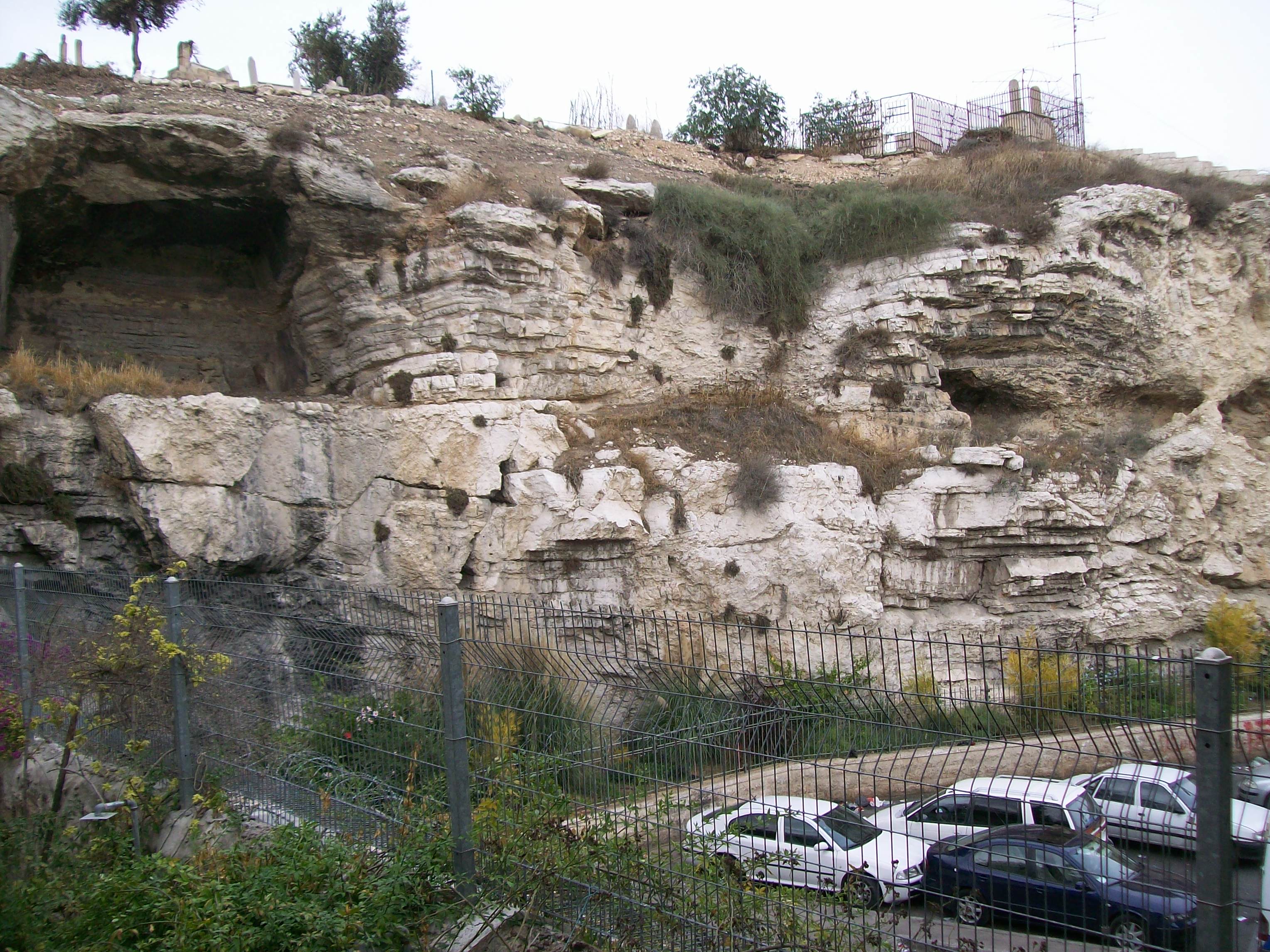
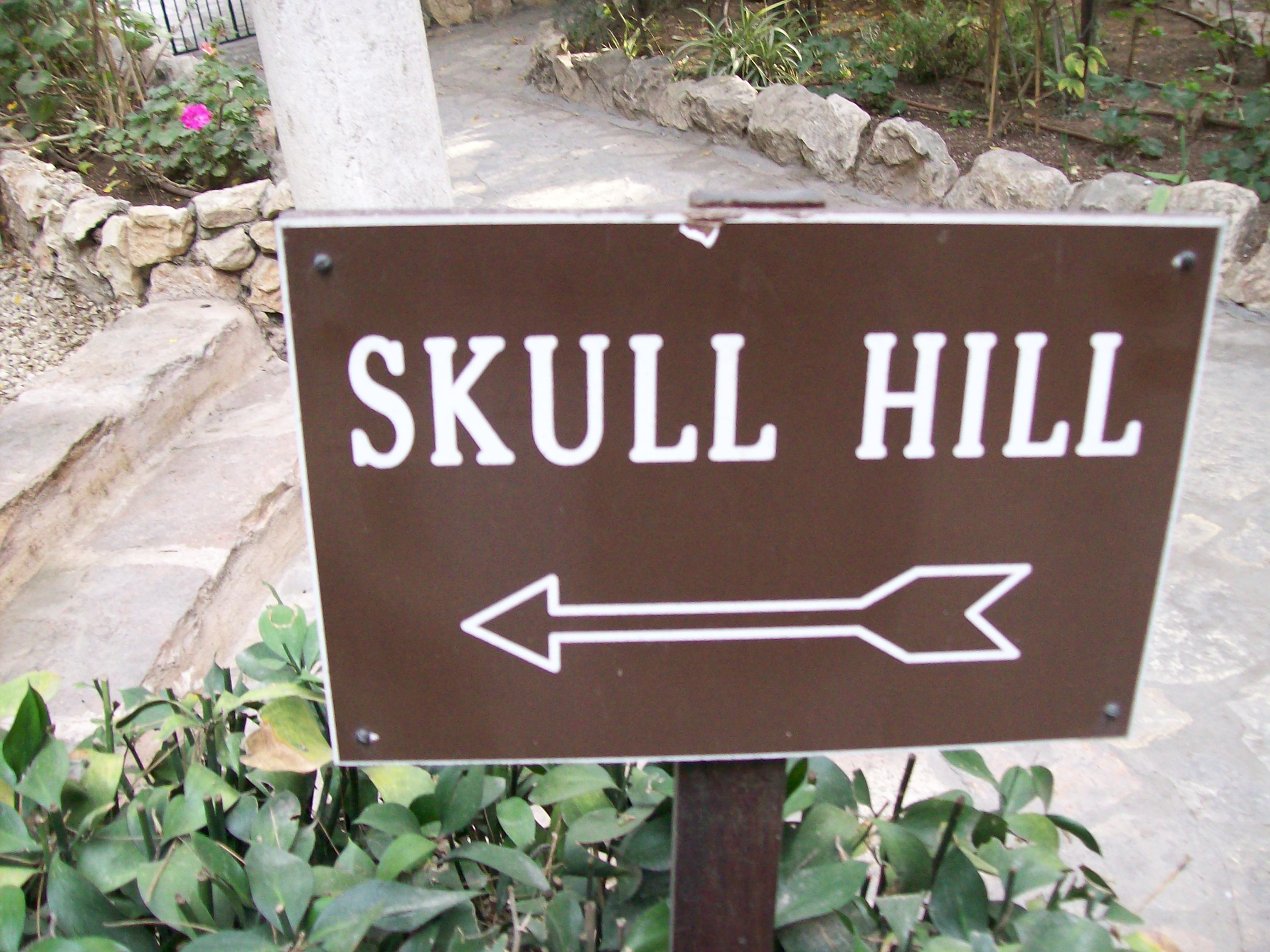
Nearby the cliff was a lovely garden, which the guide told us was the re-creation of a 1st century Roman garden. Archaeological remains showed that an underground cistern from the 1st century, had fed such a Roman garden.
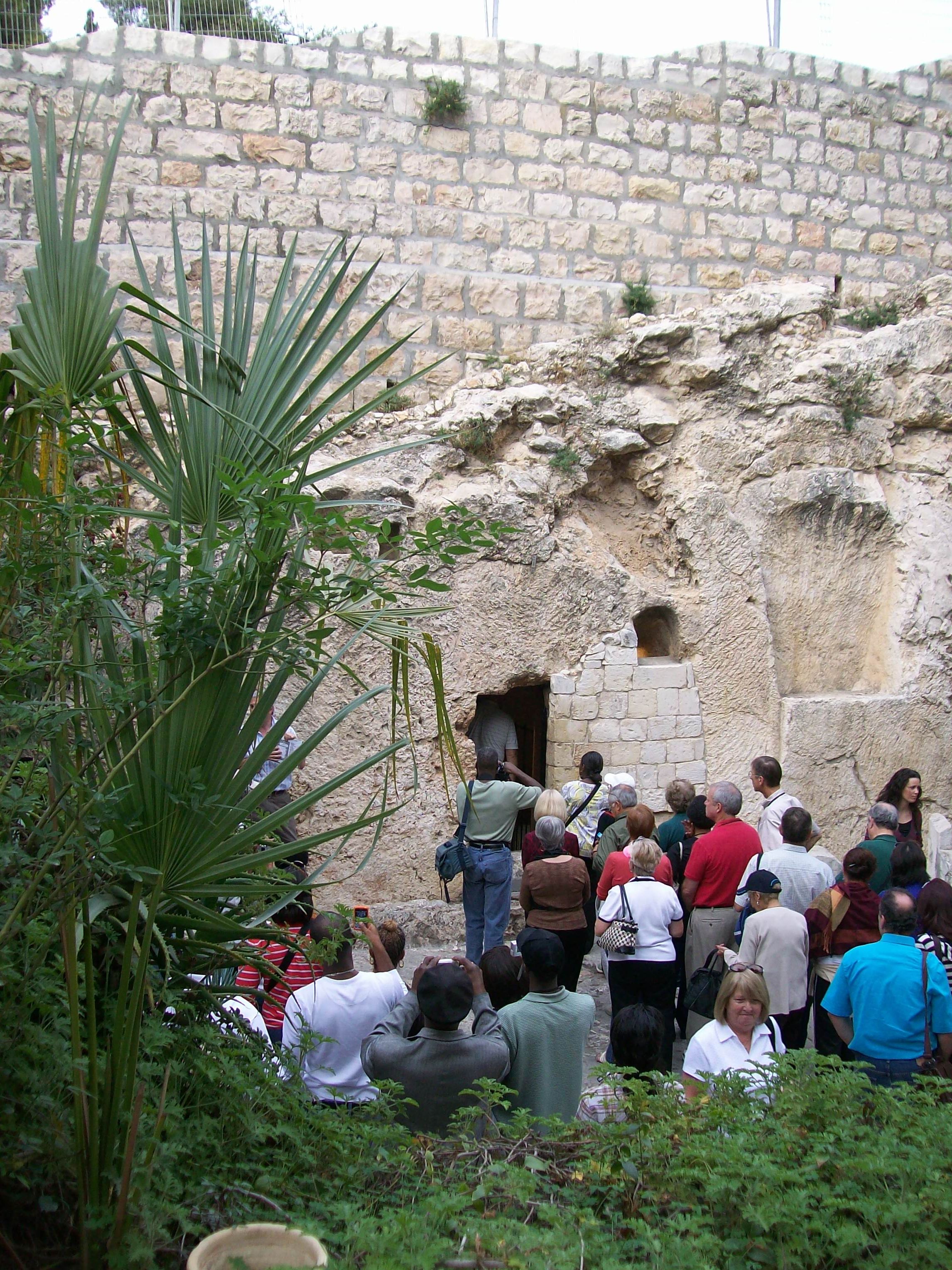
Following a path into a lower, stone-floored area, there was a hole in the stone wall, into and out of which flowed a steady stream of people. It looked so simple and serene. The guide explained that the hole, in the stone wall, was believed to be the original tomb, carved by Joseph of Arimathea, in which Yeshua (Jesus) was laid, after His crucifixion, and from which He was resurrected. It did fit the requirements in biblical account, John 19:41, “The place of crucifixion was near a grove of trees, where there was a new tomb, never used before.”
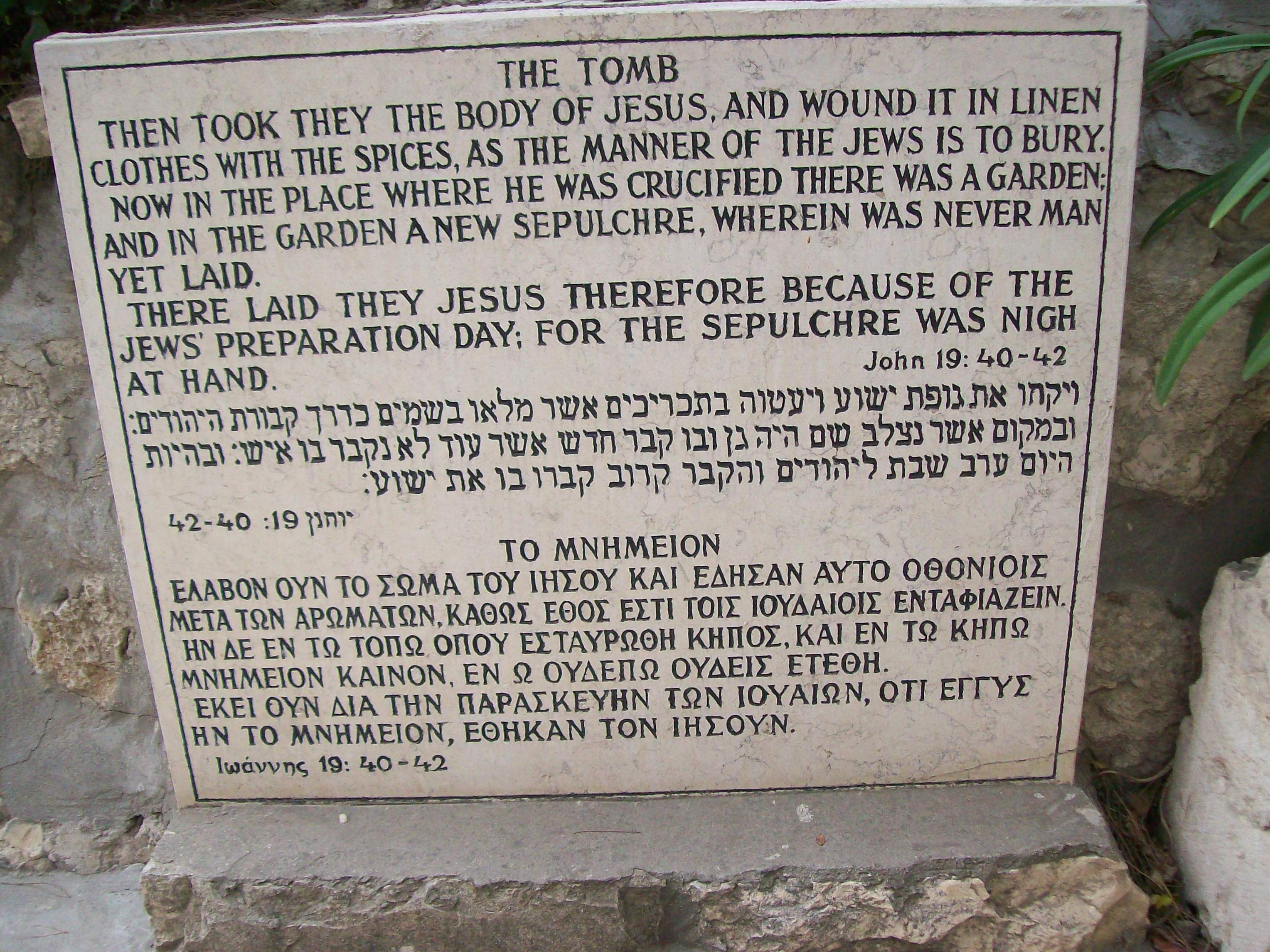
Over the hole in the wall were faint markings, in the shape of an arch. The guide explained that the early followers of Yeshua (Jesus) tried to mark places, that had been special to Yeshua (Jesus) and their faith, by building chapels or churches to mark the spot. These markings were traces of a structure, attached to the tomb entrance, from the first century, but was later destroyed.
 was buried.jpg)
The layout of this tomb was also different from the usual. The guide explained that most 1st century tombs were built with a front room and back room, where the body was laid. The Bible describes Yeshua’s (Jesus’) tomb with a different construction – a front room with the room, where the body was laid, to the right side. Mark 16:5 reads, “And entering the tomb, they saw a young man sitting on the right side.” This tomb was laid out with a front room, and the room, where the body was to be laid, to the right side, not a back room.
The entrance to this tomb was small and it also required “stooping” to look inside or enter. This also conforms to the biblical description of the Yeshua’s (Jesus’) tomb, from John 20:4-5, “They both ran, but the other disciple outran Peter and reached the tomb first and stooping to look in, he saw the linen cloths lying there …”
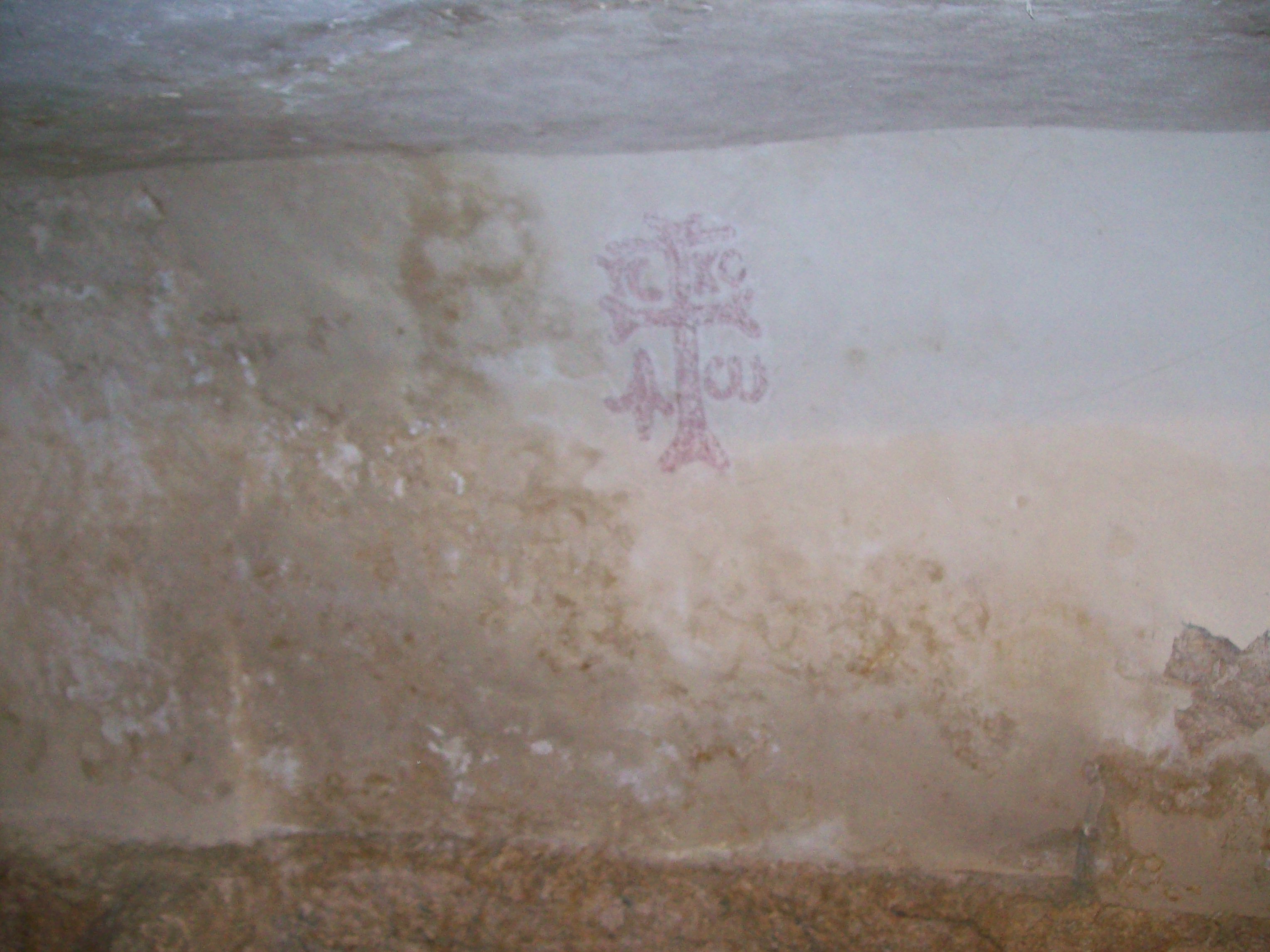
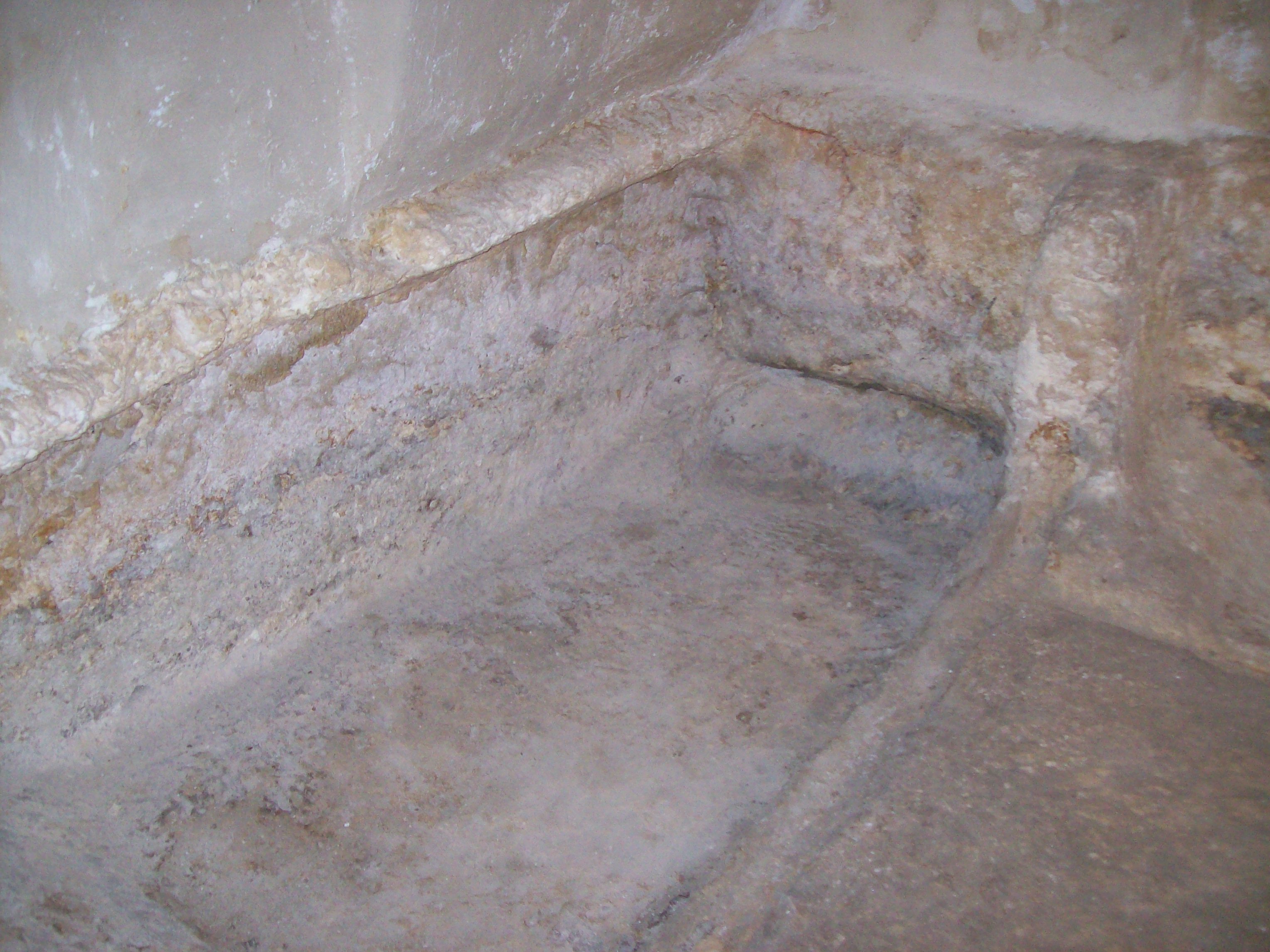
I was impressed by the simplicity of that hole in the rock wall and the inner rooms, carved out of stone, that once was a tomb. Since it had been a tomb, why were no bones found there? Was Yeshua (Jesus) laid there after His crucifixion? Did the most incredible and controversial event in human history happen there – Yeshua’s (Jesus’) resurrection from the dead?
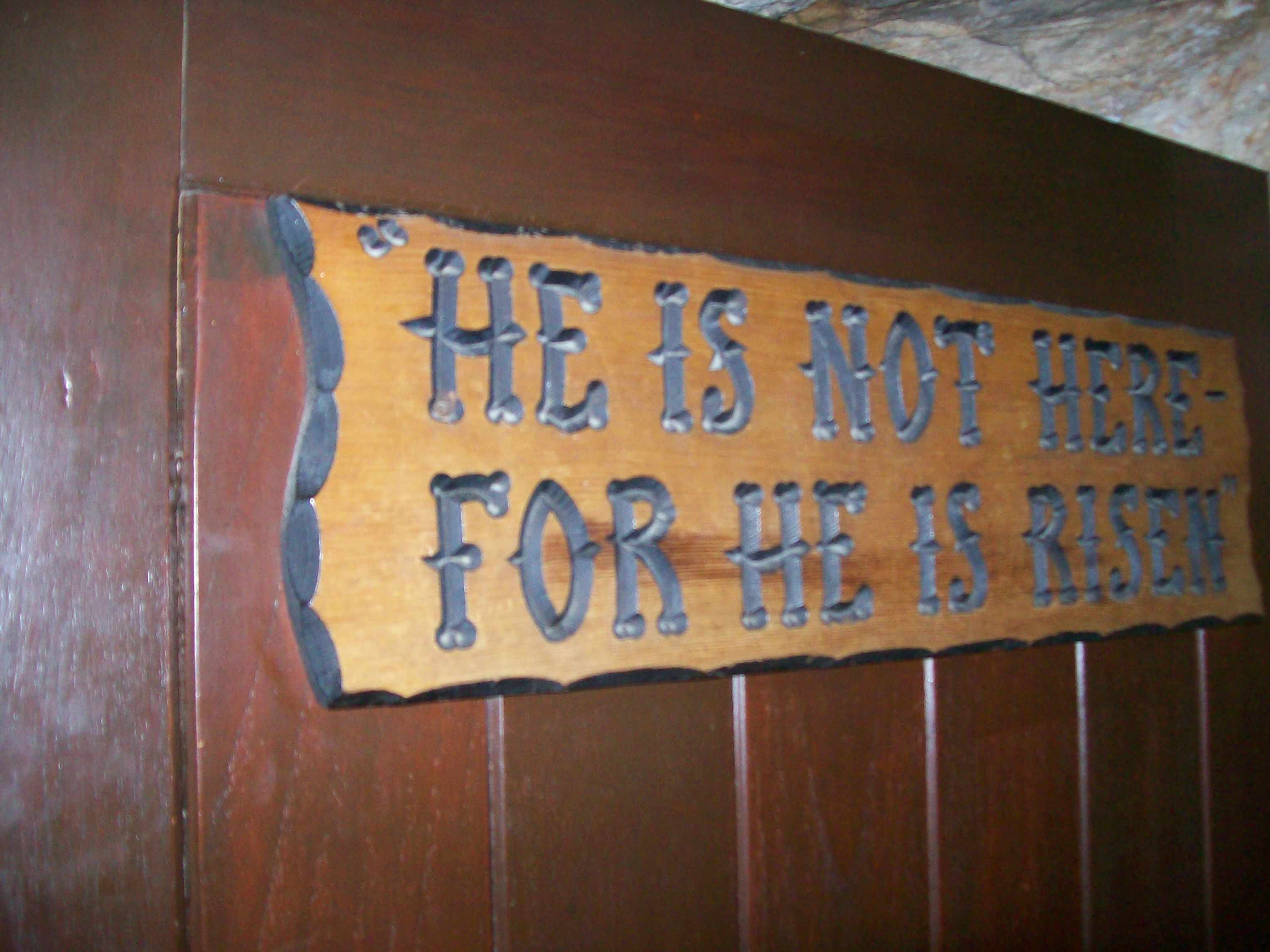
- Login to post comments